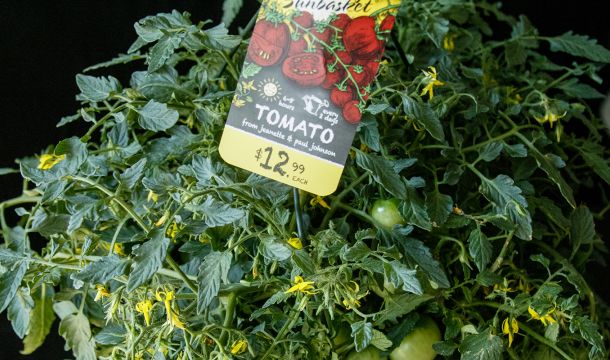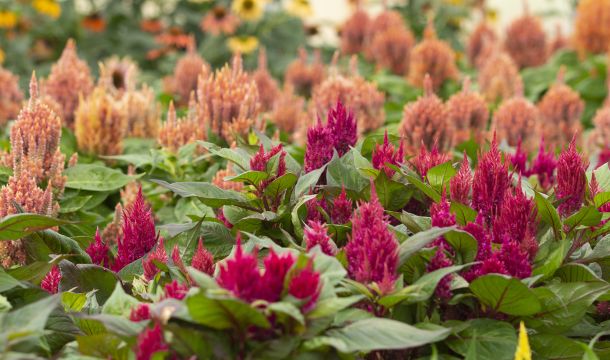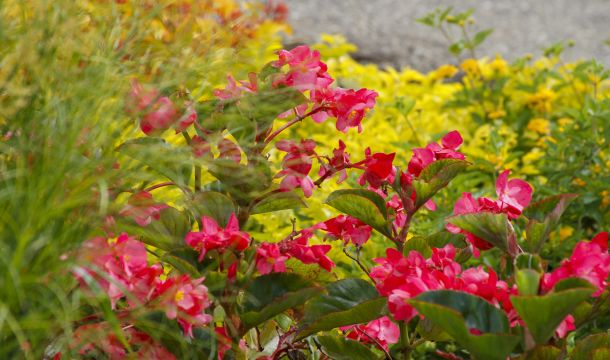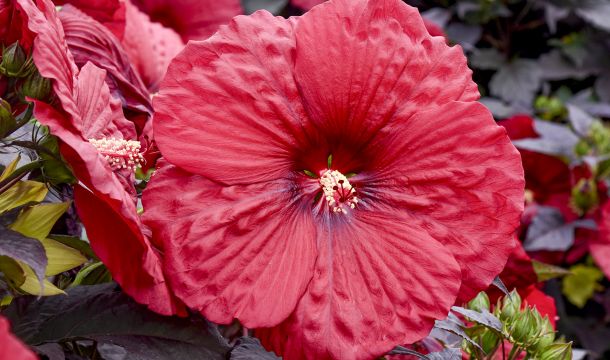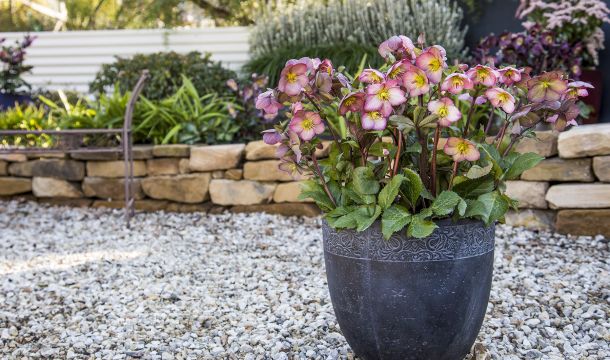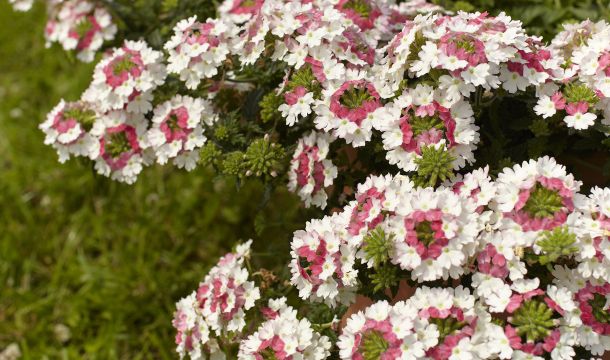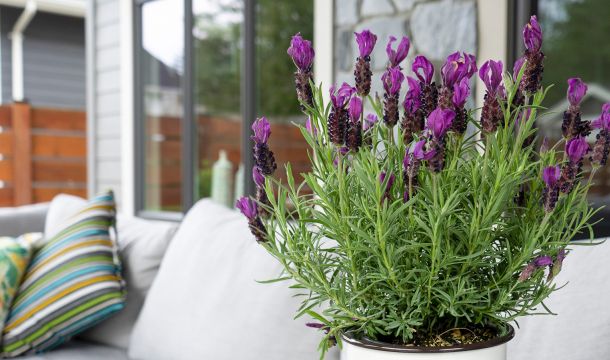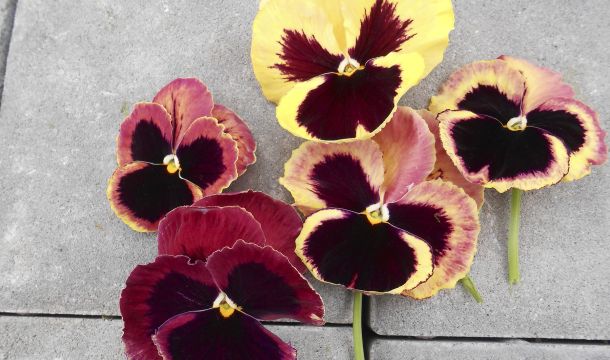Trialing Edible Baskets
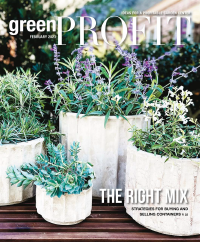
An edible basket program is one of those “maybe” ideas. It’s charming, but would it work? The concept is unique. Ornamental edibles in baskets have a dual-purpose role: flowers and fruit color the home with tasty fruit or vegetables to pick. As a bonus, baskets have portable garden beds, so hard-to-fit places like apartments, condos, and tiny yards become possible markets.
Would it generate enough sales to be financially viable?
Pilot programs answer these questions by giving charming ideas a little money, a little structure, and some time in the retail sun to succeed or fall flat on their faces. In a pilot, you want a run big enough to be credible, but small enough to shrug off a total loss.
The choice of cultivars counts. Most vegetables look lousy in baskets, but a few were bred on purpose for bowl and basket work. You want those names. This article recommends commercially available plugs for fastest turns, although most can be sourced as seed as well.
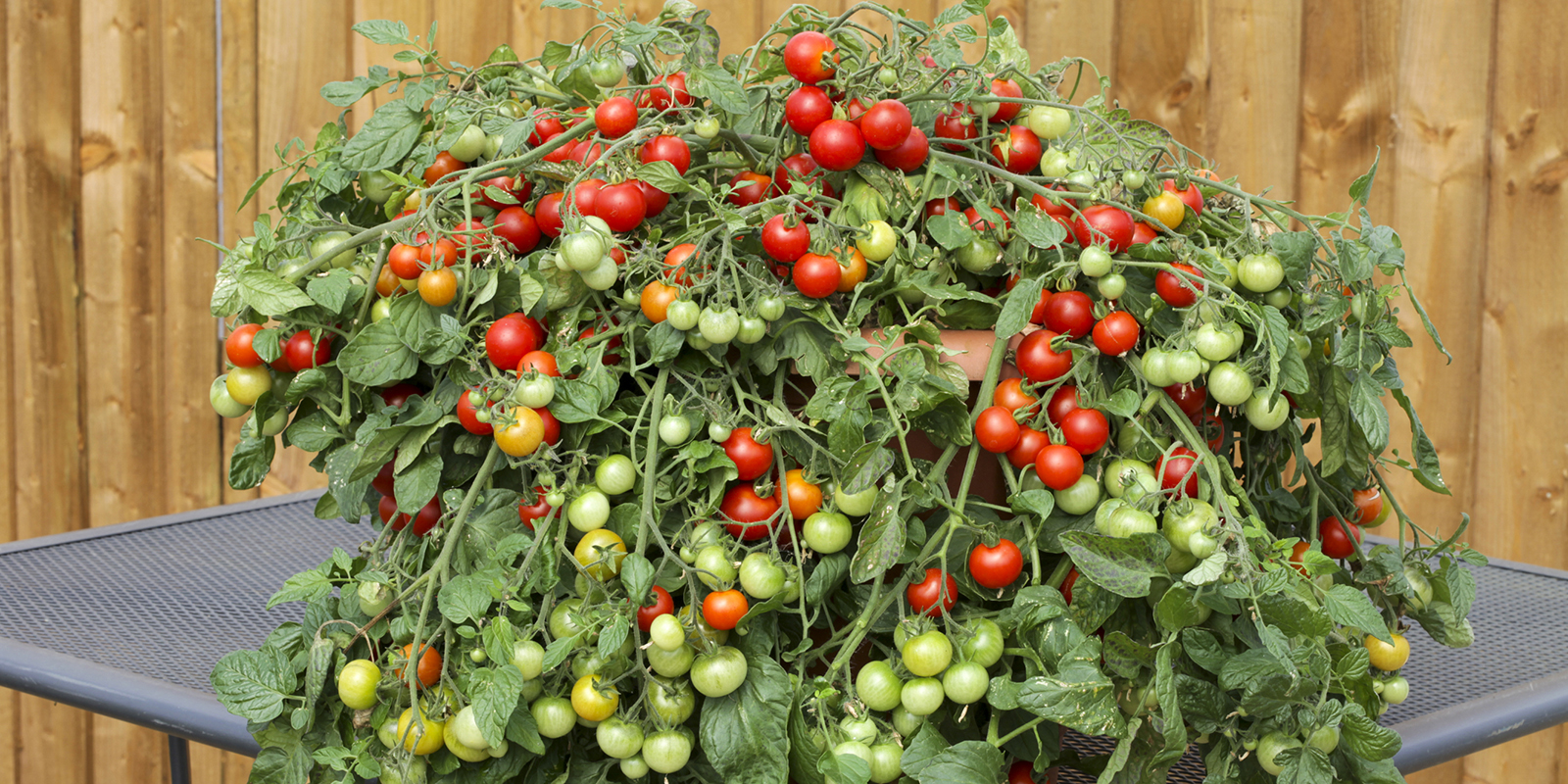
I don't usually make sauces with cherry tomatoes, but I will buttonhole eight baskets to supply Sunday Sauce well into October.
Begin with Tomatoes
Tomatoes make a great first test. They finish easy and turn fast. You want to plant ‘Red Profusion.’ This cultivar fits into hanging baskets with a dense umbrella of intertwined branches and leaves. It’s also determinedly determinate—three plants will stop growing right about basket-sized. An important detail is the tomato’s short maturity to red fruit, about 45 days. This timing gives the product three prime spots on the calendar:
- Full plant for late April when hanger sales begin
- Full plant (with flowers!) for mid-May when garden planting begins
- Full plant (with fruit!) in late June when grilling decor / July 4th preparations begin
If your logistics include trucks, ‘Red Profusion’ holds its fruit close to the branches, so it fits into standard carts without vines draping over the sides. The tomatoes require a firm tug, so they stay on during the jostling of rough-and-tumble transportation.
For a grape-style product, consider ‘Fantastico’. It has a similar habit and finishes as quickly to retail quality. If you need something bigger, consider ‘Goodhearted’. The fruit clusters hold tight to the plant with a 65-day maturation. Its signature is a very ornamental heart shape. If you want to build a tri-color basket, then consider the Donna series of cherries, bred with short vines and a bushy habit.
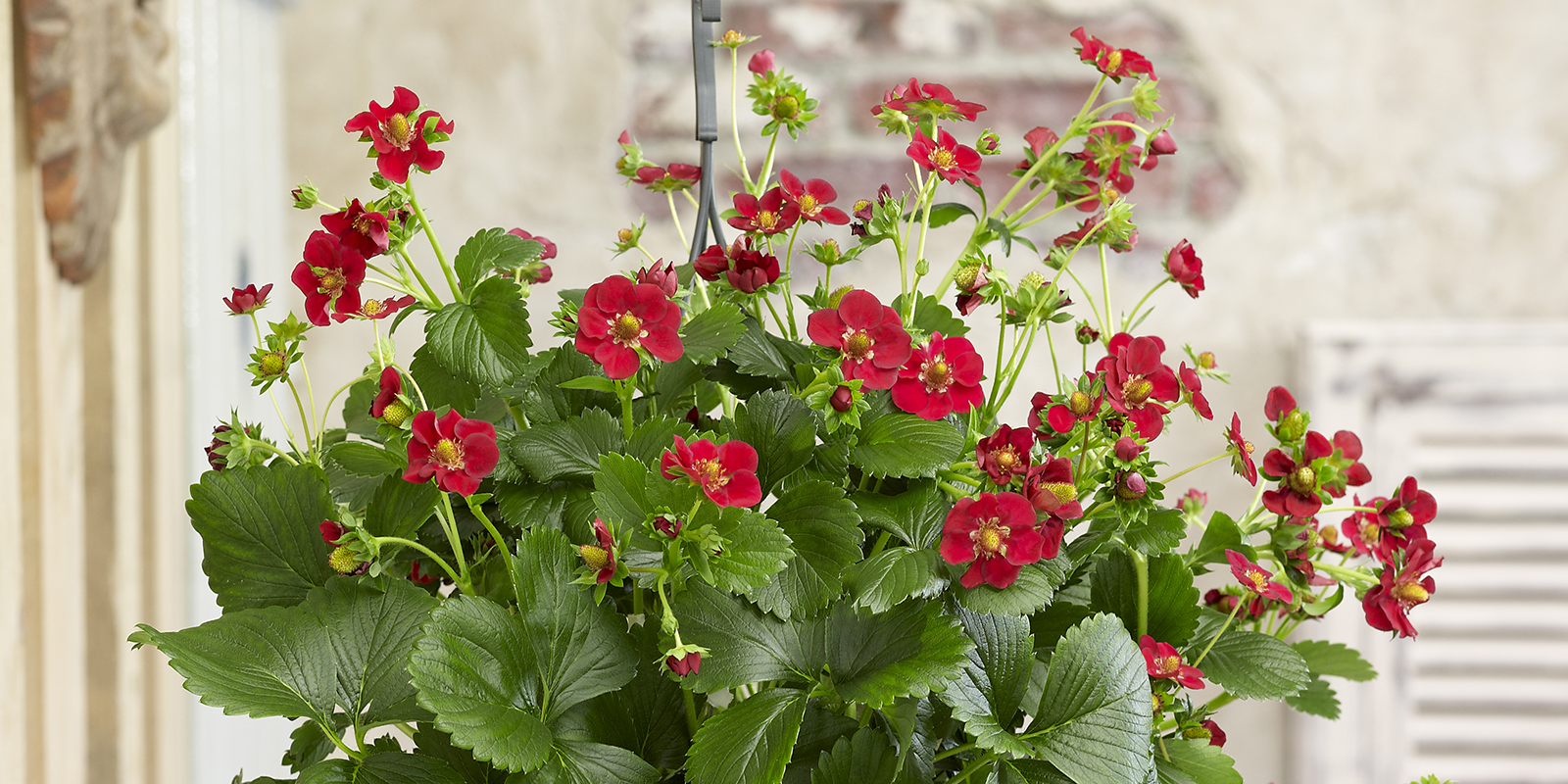
'Berries Galore Red' sends up new flowers even as earlier flowers ripen into American-style fruit.
Consider Strawberries
Strawberry baskets are the other major-market product. They have a long history with a fan base to back it up, and new breeding of red, pink, and white flowers has expanded their popularity this past decade. These varieties sit upright in a basket-friendly shape, and they discourage runners in favor of flowers and American-style fruit.
- Summer Breeze and Berried Treasure series have semi-double flowers.
- The trio of Montana/Gasana/Toscana have oversized single flowers.
- Berries Galore series has standard flowers in three colors with berries.
Strawberries remember their perennial roots, so attention to their longer growth cycle is important. Once on the retail bench, the product’s long shelf life folds into its style of steady sales through the season. Over time, those totals can build.
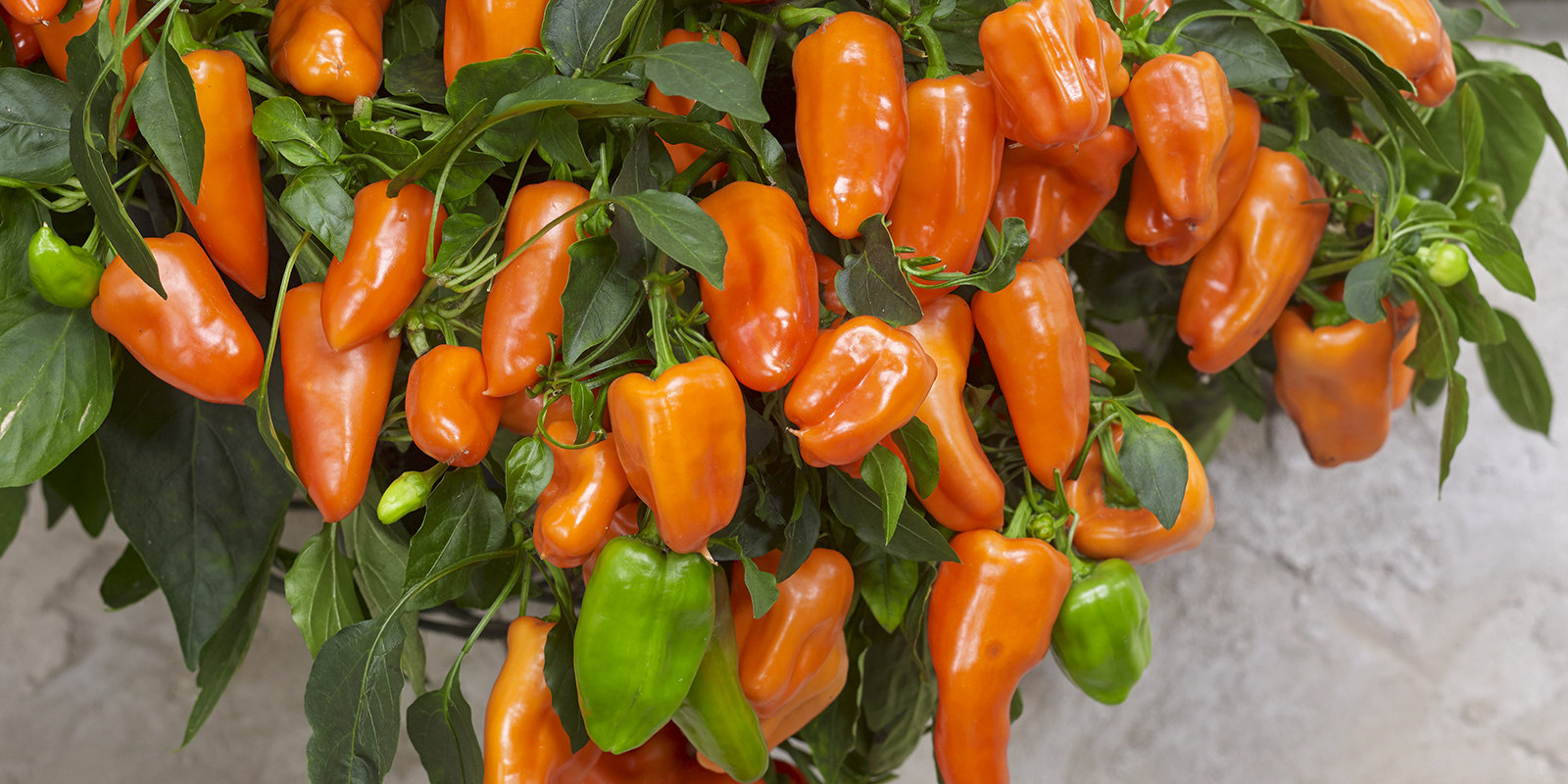
Available in three colors, 'Peppers from Heaven' hangs its fruit low to the plant. When the basket is full, the fruit dangles around the rim of the pot.
Edible Pepper Baskets
Folks with ornamental pepper experience will see similar growing and retail strategies here. For their edible versions, you have four choices:
- The Snackable Basket: Use ‘Peppers from Heaven’. This is the basket version of those tricolor snackable pepper bags you see in the produce aisle. This variety hangs its peppers low around and over the basket.
- The Jalapeño Basket: Even green, this basket has its cool factor. Use ‘Pot-a-peno’, a cultivar specifically bred for basket and bowl work.
- The Hot Pepper Basket: Use ‘Cayennetta’ here. It’s a petite plant with hot red peppers for fruit, but not outrageously hot.
- The Mouth on Fire Basket: Many people already grow ‘Basket of Fire’, a missile-style pepper known for its extremely hot Scoville rating. However, in some BBQ circles (and for my neighbor) this feature is considered a good thing. A fresh supply for sauce or grill is considered a flourish.
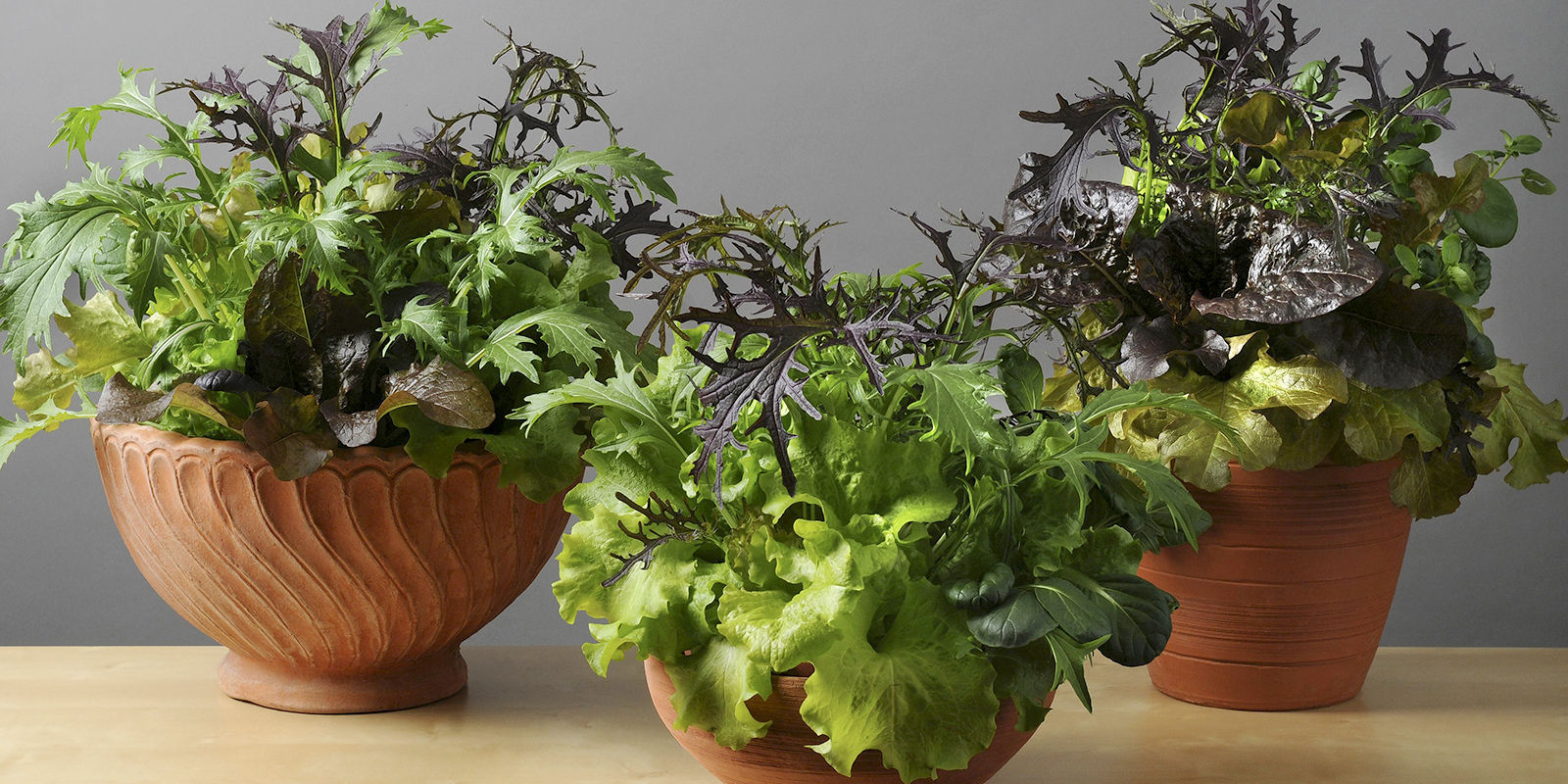
Many of the premix pellets like the Simply Salad series can be easily adapted from bowl to basket. The kale series is good about irregular watering.
Other Product Ideas
How deep you should go into Edible Baskets will vary from place to place. Some locations only need the best-selling idea; others want to deploy a full line to be taken seriously. When you get past strawberries and peppers, it’s hard to see what will or will not be popular. However, a program that can schedule out several years of new introductions can be developed for long-standing revenues lasting over a decade.
One idea is salad pre-mixes like the Simply Salad series which are pelletized seed with a pre-mix of cultivars. They can be adapted into pretty baskets. The Kale version is a good place to start, since Kales are culturally hardy about their soils.
Another idea is miniature Cucumbers like ‘Mini-Me’ or ‘Peticue’, English-style varieties with thin skin for salads. Bear in mind that bush-style cucumbers are just miniature Cucumbers with short vines, so wrapping the vines around the hangers as trellising is a good idea.
The third idea is certain herbs. Oregano, Thyme and trailing Rosemary are available with standard Rosemary or Chives as the center thriller. Curly Parsley might have some value as a free-standing version. Herb baskets might need some grooming or trimming before their retail debut to keep them appealing. No named varieties come to mind here—standard edible versions are the best choice.
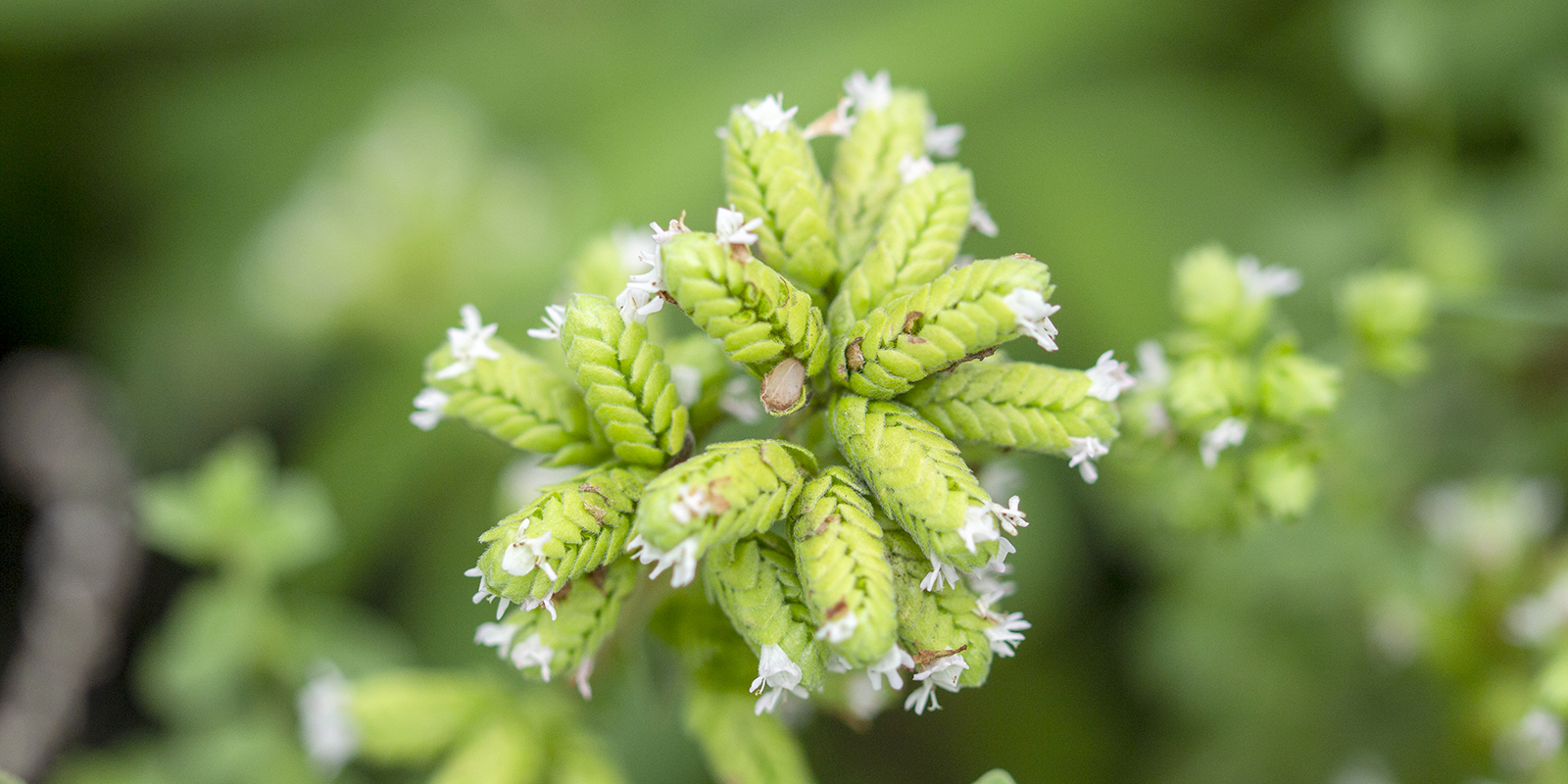
Standard herbs can have ornamental value. Oregano has hops-like blooms when allowed to flower. In a basket, pair with thyme and rosemary.
Product Quality
Hanger performance after the sale will have a big impact on your repeat business. All vegetables are heavy feeders, so the calibre of your basket soil becomes important. A slow-release fertilizer that lasts for several months after purchase is a good idea. They also rely on regular water so good retention is important.
Assessing the Program
When evaluating a new program, the most important metric in the first year is the speed of sales, not the volume. If your crop sells out in a week, you will form a different opinion than if it takes all season to convert it back to cash. It’s possible you overcropped with leftovers to trash, but you should see some sales over time if the idea has merit. That “speed of sales” helps you gauge potential demand and guides your efforts to rightsize the second year’s crop.
As a rule, undershooting the first year is better than overshooting. First years are built from guesses and hunches, but this isn’t true of second years. You know more, you’ve thrown out mistakes, and you have some numbers to back you up the next time. Knowing is better than guessing when walking up to big decisions.
This is what trial programs do: waste a little to make a lot.
Popular Articles
